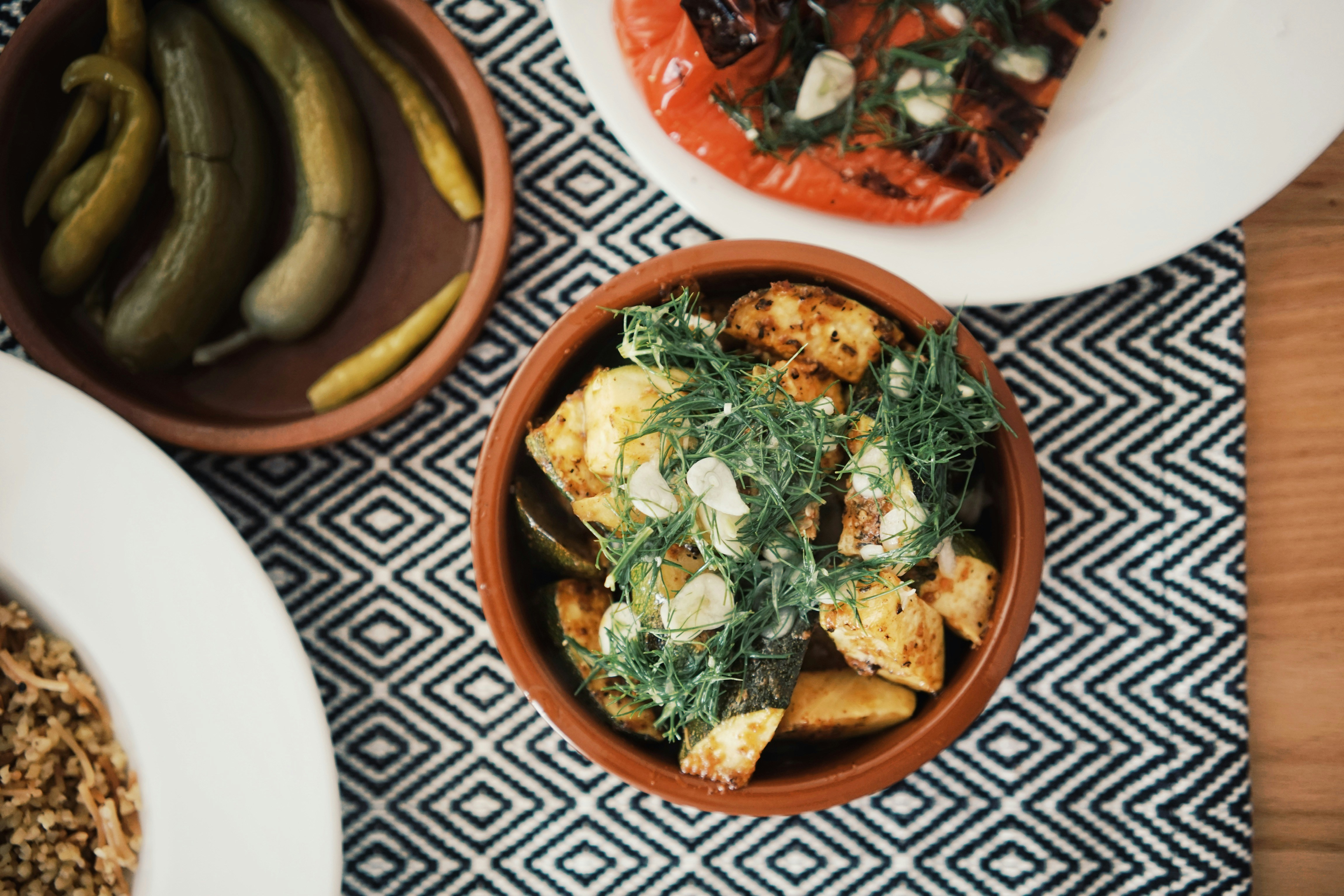Delving into the Exotic Flavors of Cambodian Cuisine
Cambodian cuisine, or Khmer cuisine, is one of the world's oldest living food cultures. With its unique blend of flavors, it offers a culinary experience that is as diverse as it is delicious. Let's take a culinary journey through this Southeast Asian gem and explore the tastes, techniques, and traditions that make it stand out.

A Culinary Journey through Cambodia
Cambodian cuisine is a vibrant tapestry of flavors, reflecting the country’s rich cultural history. Its uniqueness stems from its use of fresh, local ingredients and a myriad of spices that give Cambodian dishes their distinctive taste. The staple food is rice, often served with freshwater fish from the Mekong River and Tonle Sap Lake.
Distinctive Flavors and Spices
The backbone of Cambodian cooking is the Kroeung, a blend of spices and other ingredients ground into a paste. Key components include lemongrass, kaffir lime leaves and zest, garlic, and galangal. Another unique ingredient is Prahok, a fermented fish paste that adds depth and umami to many dishes.
Signature Cambodian Dishes
Amok Trey is one of Cambodia’s most beloved dishes. It’s a fish curry steamed in banana leaves, resulting in a custard-like texture. The curry paste, made with Kroeung, coconut milk, and egg, is generously layered over the fish, creating a dish that is both flavorful and comforting.
Dining Etiquette and Tradition
Cambodian meals are usually served family-style, with several dishes shared amongst everyone at the table. It’s a communal experience, emphasizing social interaction and bonding. Interestingly, unlike other Asian cultures, chopsticks are generally used only for noodle dishes, while other meals are enjoyed with spoons and forks.
The Rise of Cambodian Street Food
Street food is an integral part of Cambodian food culture. From Phnom Penh’s vibrant night markets to Siem Reap’s bustling street stalls, the variety is impressive. Must-try street foods include Nom Banh Chok (Khmer noodles), Bai Sach Chrouk (pork and rice), and Lort Cha (stir-fried short noodles).
Quick Facts and Tips
-
Cambodian cuisine is less spicy compared to its Thai and Vietnamese neighbors, but hot chili is often served on the side for those who prefer a bit of heat.
-
Cambodian meals typically consist of a soup, a salad, a main fish dish, vegetables, and a dipping sauce.
-
Don’t miss trying the country’s national beer, Angkor, or the popular rice wine, Sraa.
In conclusion, Cambodian cuisine is an exciting world waiting to be explored by culinary enthusiasts. Its unique flavors, traditional cooking techniques, and rich cultural heritage make it a must-try for anyone seeking to broaden their gastronomic horizons. Remember, the best way to understand a culture is through its food, so why not start your journey with the exotic tastes of Cambodia?





